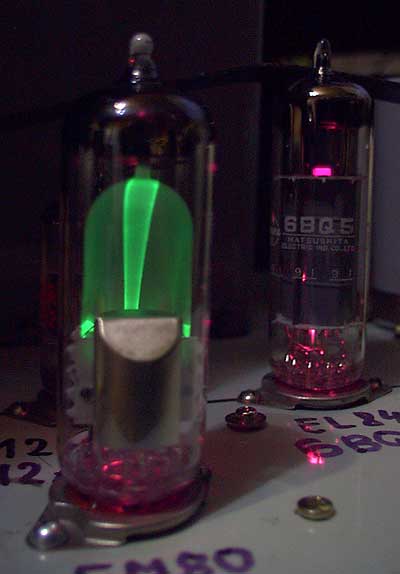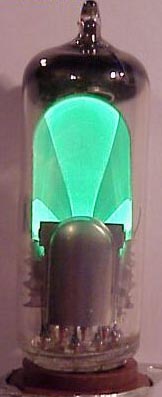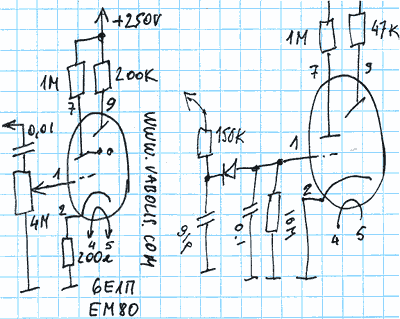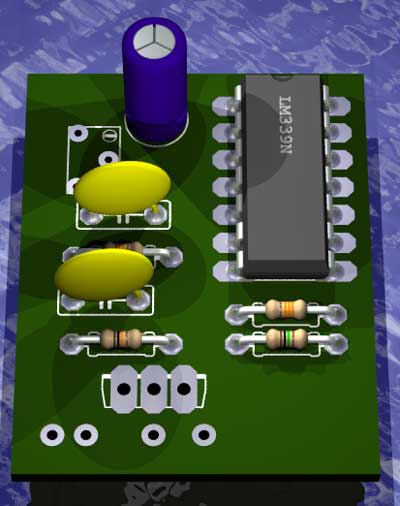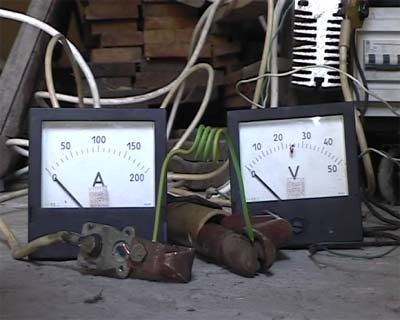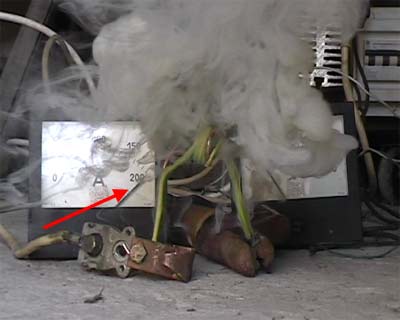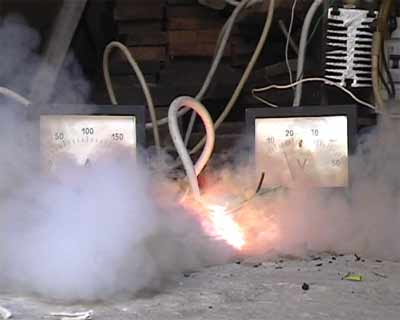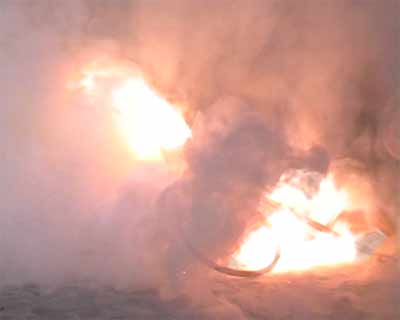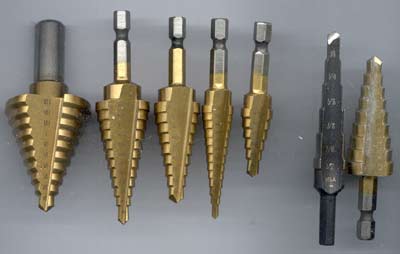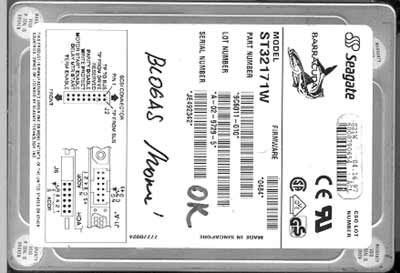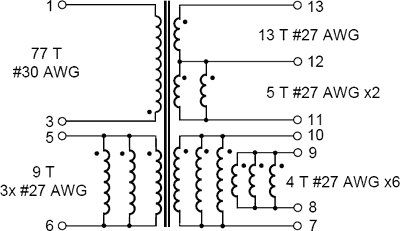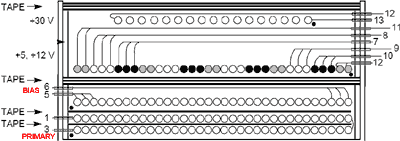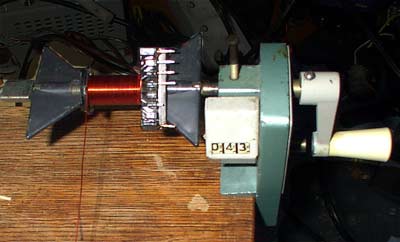My brother presented me old radio tube datasheet book. In his Antique Shop you can find interesting stuff and for electronics hobbyist. Also he gave me very old radio tubes dated 1920…1930 years! With very strange base connectors and heating voltages.
This book was printed in 1958, in Leipzig. I have only the first volume, but all popular tubes are in the first book. The datasheet book (radio valve handbook) is in three language: German, English and Russian.
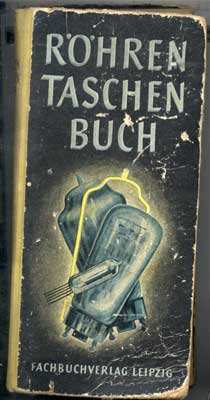
I like how tube is called in German language: Röhren, I think, I need to pronounce this word like: “Rioren” 🙂 (in Lithuanian transcription)

There are 549 pages in this, half-sized pocket book. Very good quality of the print. But there are errors in this book. Classical error in soviet tube 6Ð2П , pinout is printed like western 12AX7, that “screen” contact is connected to the middle of the heater… Also in replacement table (equivalents table) I didn’t see the note, that these tubes are using different heating voltage.

